-
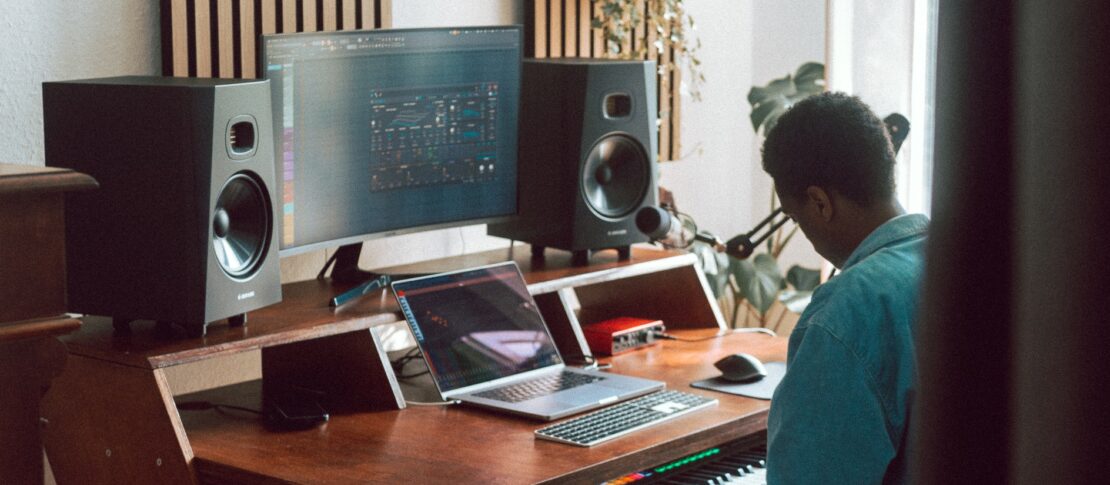
The Complexity of Listening
Our blog articles primarily cover audio production technology and techniques, but for this article we’re going to turn the attention from hardware and software to the “human-ware”. We will explore how we listen, and how we can better understand what we hear. Listening is of course the endgame of music…
-
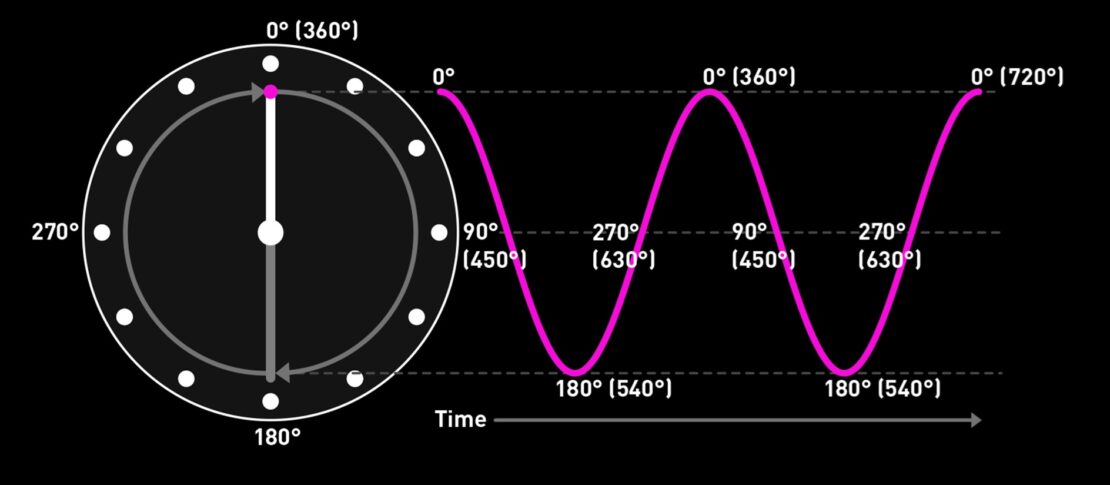
Understanding Phase Response Charts [Part 2]
Welcome back to the topic of “Understanding Phase Response Charts”! In Part 1, we determined that phase offers a way to compare and understand the time-domain relationships of cyclical signals without needing to know their exact timing. This is the second and final part, where we’ll discuss why the timing…
-
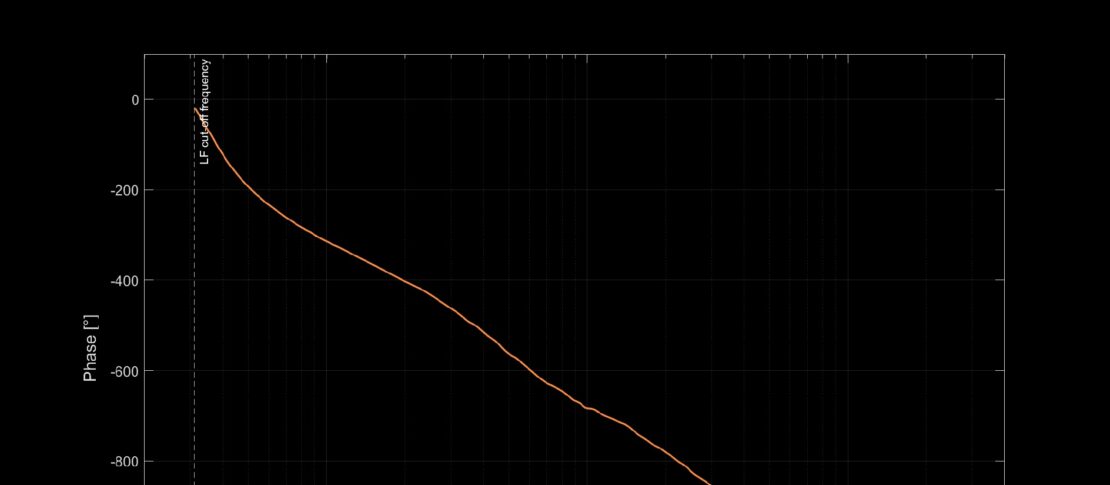
Understanding Phase Response Charts [Part 1]
In a previous blog post we described how to interpret the frequency response curves that often accompany technical specifications of studio monitors. When we talk about frequency response curves, we generally concentrate on what is known technically as the “magnitude frequency response”, however there is another element to a…
-
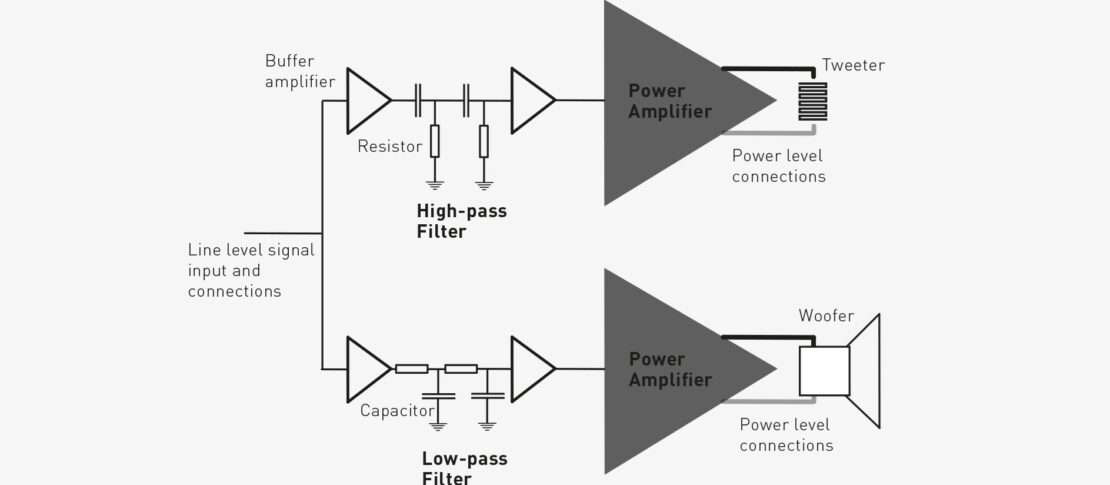
Active vs. Passive Loudspeakers – What’s the difference?
Despite the fact that the majority of loudspeakers designed for studio monitoring, including all ADAM Audio studio monitors, are active, the world of consumer hi-fi is still dominated by passive loudspeakers. So, in this blog post we’re going to unpack the differences between active and passive loudspeakers, and unpick some…
-
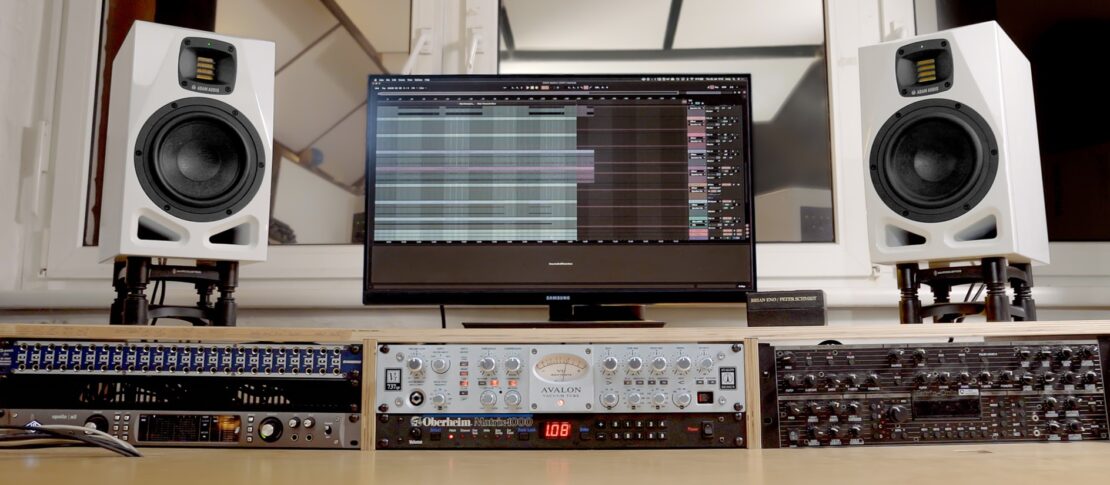
Room Adaption Unpacked [Part 2]
In Room Adaption Unpacked [Part 1] we described the principles and implementation of room adaption technologies and we finished Part 1 with a promise to describe some of the potential pitfalls of room compensation in Part 2. So here is that promise fulfilled. Compensation Limits The first pitfall is…
-
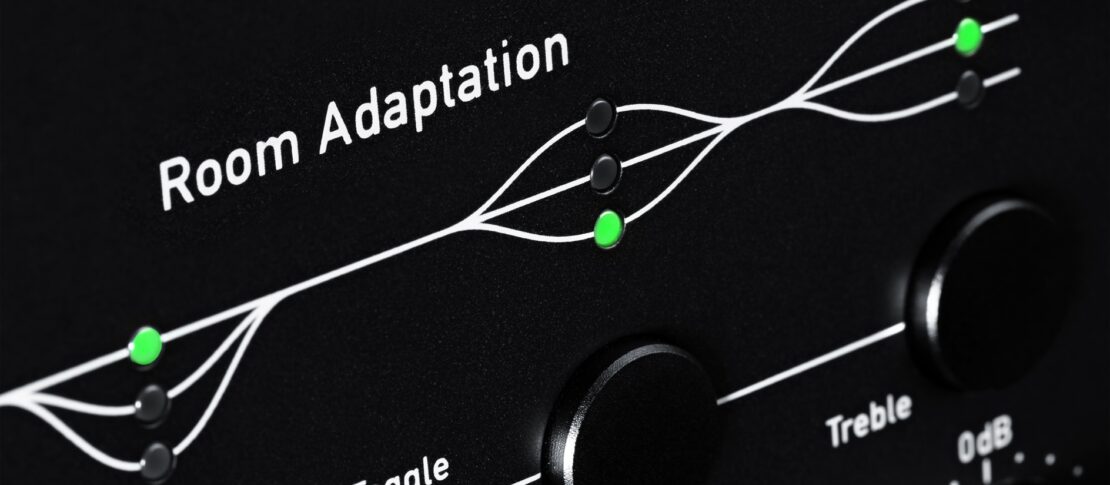
Room Adaption Unpacked [Part 1]
Room adaption technology is perhaps one of the most significant advances in the studio and music production landscape of the last decade or so. Room adaption (or compensation) however is widely misunderstood, so in this blog post we’re going to unpack the technology and its potential benefits, and of course…
-
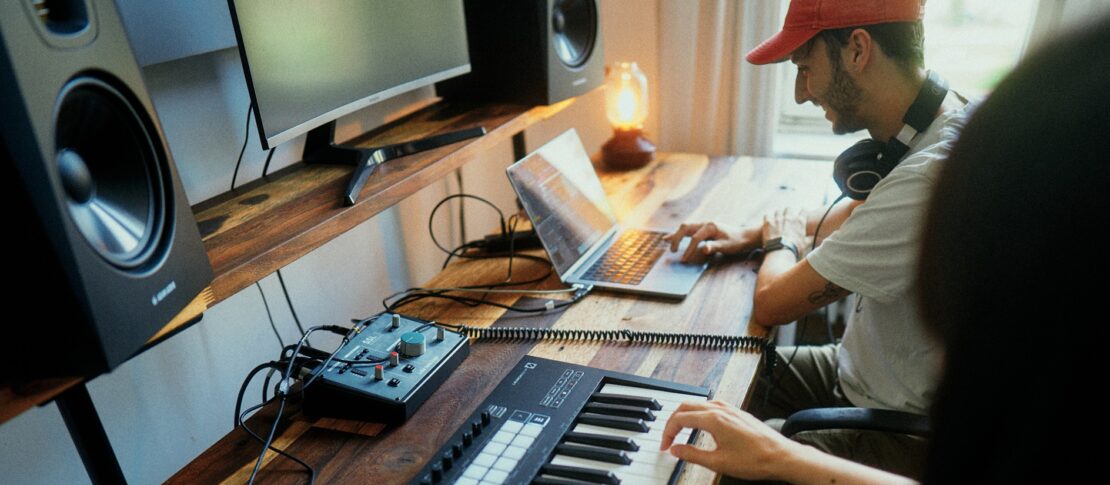
11 Tips For A Better Studio Experience
Running a commercial studio, or even just recording music at home for personal enjoyment, can be an expensive business. There’s always a new item of hardware to buy, an interesting DAW plug-in to investigate, or some audio software that needs updating, but along with the expense there’s a whole bunch…
-
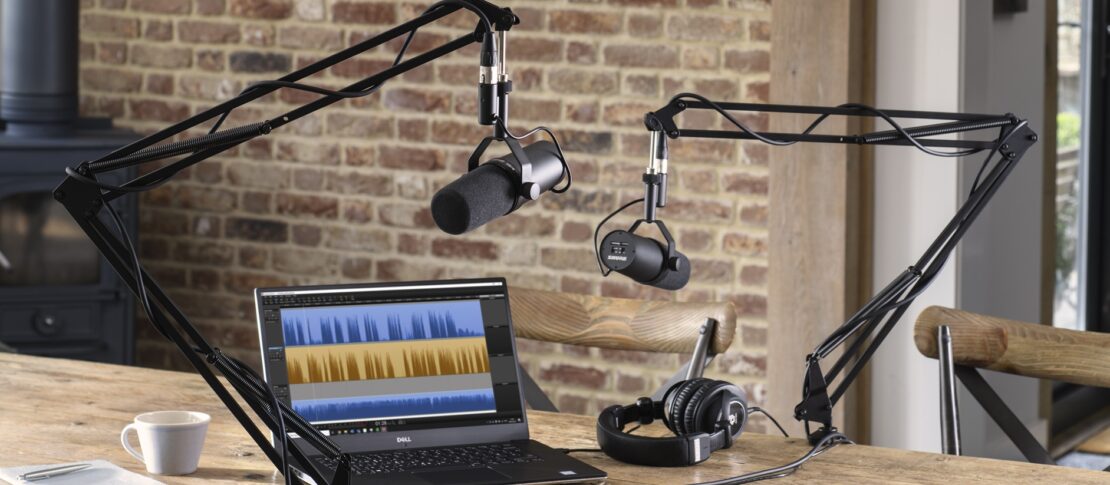
A Beginners’ Guide to Microphones
In the blog, we typically talk about all things studio monitors and related topics, but this time, let’s take a look at the other end of the signal chain in a recording process. Have you ever wanted to record vocals, an instrument or any other sound source but didn’t…
-
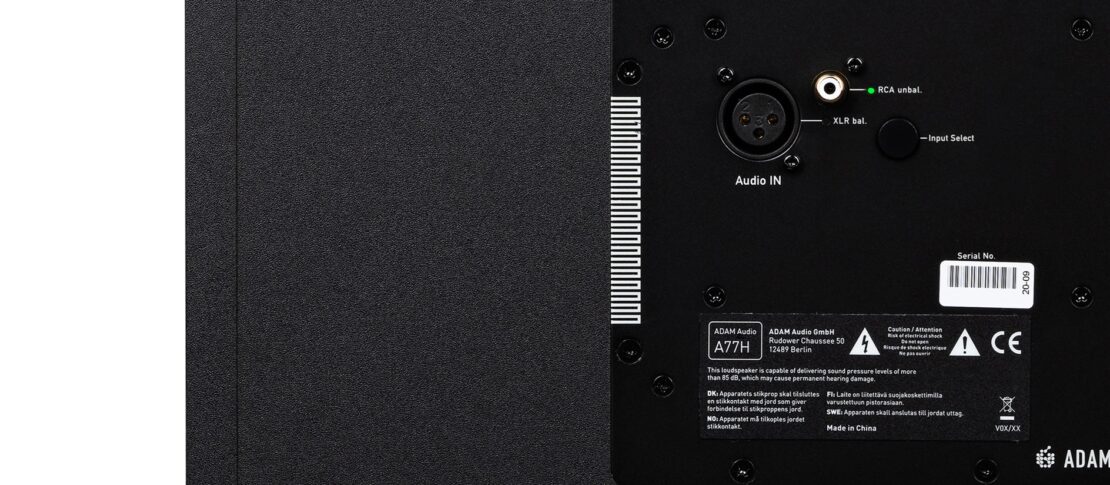
Balanced vs Unbalanced Audio Connections
Consumer and professional audio systems have much in common. The fundamental technologies of professional studio monitors and hi-fi speakers are, for example, not really so different. But there is one respect in which professional audio systems in studios diverge fundamentally from most hi-fi systems in the home, and that’s the…
-
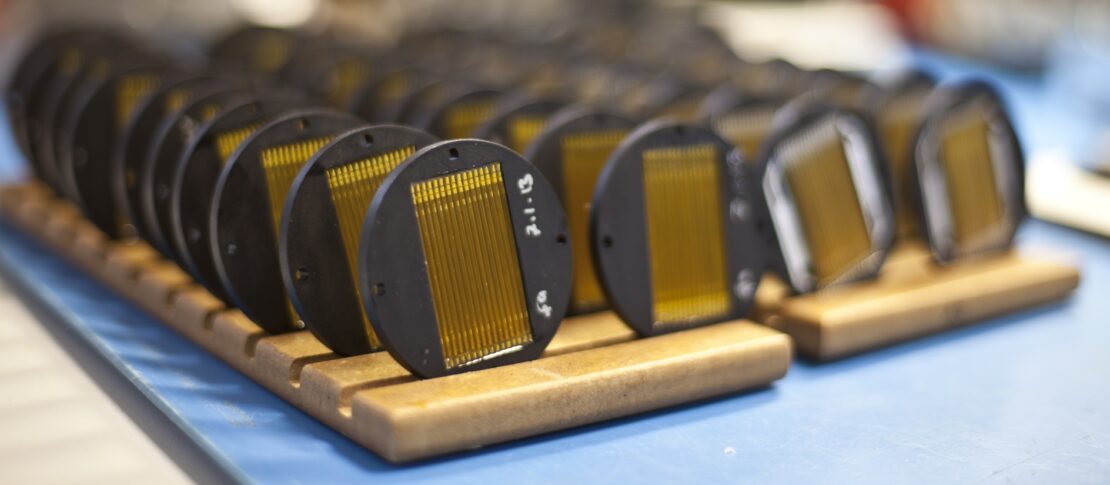
The Story Behind the ADAM Audio Tweeter
Drawing inspiration from Oskar Heil’s groundbreaking Air Motion Transformer invention from the 1960s, ADAM Audio’s signature Accelerated Ribbon Technology (ART) tweeter design has remained central to the brand’s identity. Renowned for its unmatched transparency and fidelity in sound reproduction, apart from the U ART tweeter, each ART tweeter is meticulously…